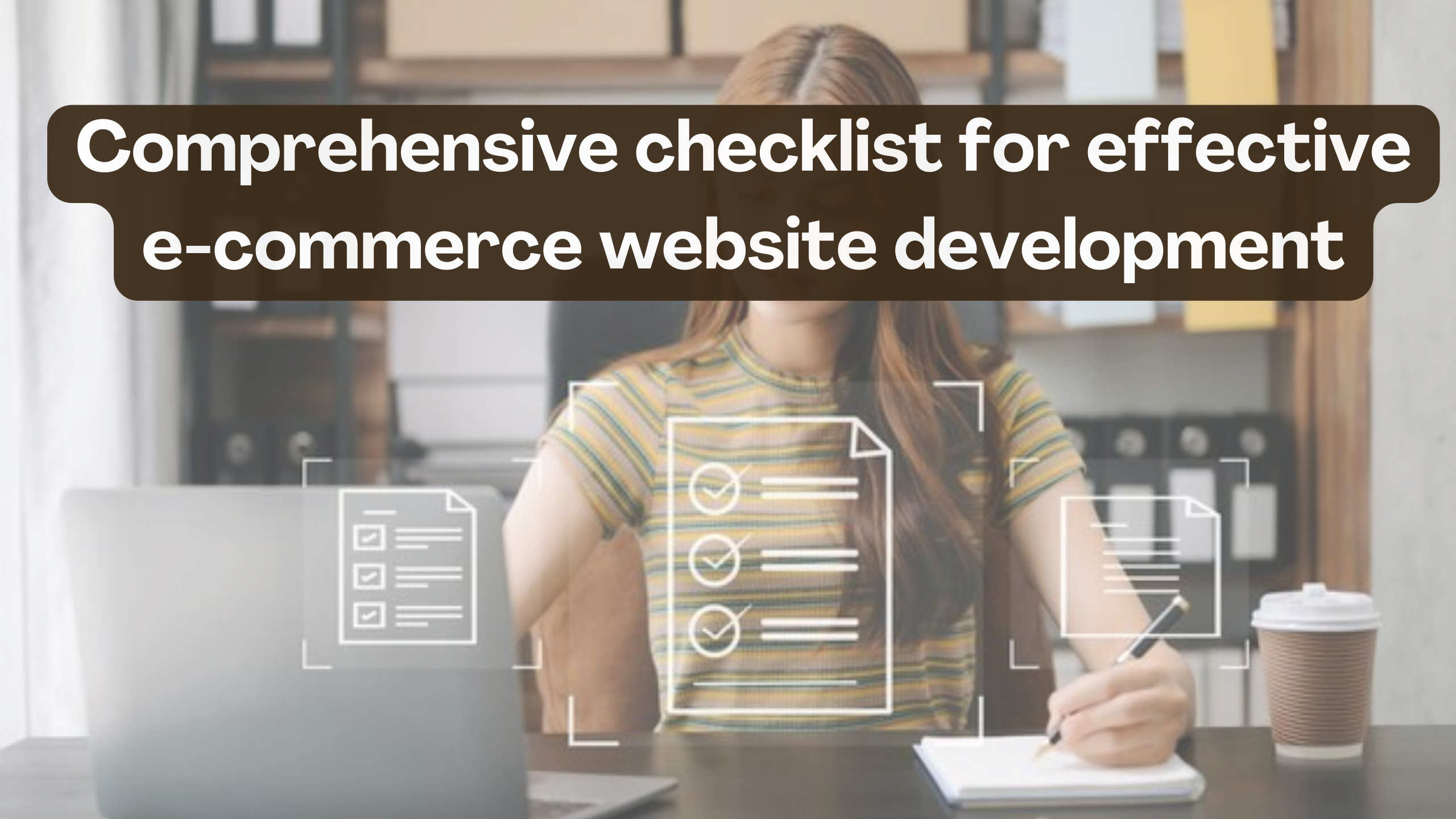Comprehensive checklist for effective e-commerce website development
- WebOps Platforms Bug Tracking & Feedback Software Web Development & Design


Comprehensive Checklist for Effective E-commerce Website Development
E-commerce website development is a multifaceted process that requires careful planning and execution. In this guide, we present a comprehensive checklist to guide you through the intricate journey of creating a successful e-commerce platform. Additionally, we’ll explore 8 (randomly selected) relevant SaaS products to assist you in achieving seamless e-commerce website development.
1. Define Your E-commerce Goals
Before diving into development, clearly define your e-commerce goals. Establish the target audience, product range, and desired user experience. Understanding your goals will shape every aspect of your website.
2. Choose a Robust E-commerce Platform
Selecting the right e-commerce platform is crucial. Consider Shopify for its user-friendly interface, Magento for scalability, and BigCommerce for a comprehensive set of features.
3. Optimize for Mobile Responsiveness
Ensure your website is optimized for mobile devices. With MobileMonkey, you can create mobile-responsive designs and chatbots, enhancing the mobile shopping experience.
4. Implement Secure Payment Gateways
Choose secure payment gateways such as Stripe or PayPal to instill trust in your customers. These platforms offer seamless integrations and robust security features.
5. Prioritize User-Friendly Navigation
Use tools like Hotjar to analyze user behavior and optimize your website’s navigation. A user-friendly interface ensures a positive shopping experience.
6. Incorporate High-Quality Visuals
Visuals are paramount in e-commerce. Utilize Cloudinary for image and video management, ensuring fast load times without compromising quality.
7. Integrate Customer Support Systems
Provide excellent customer support with tools like Zendesk. Incorporating live chat and ticketing systems enhances communication with customers.
8. Implement SEO Strategies
Boost your website’s visibility with SEMrush. Conduct keyword research, track competitors, and optimize content for search engines.
9. Ensure Scalability and Performance
Prioritize scalability using AWS or Google Cloud to handle increased traffic. Tools like Pingdom help monitor website performance.
10. Conduct Thorough Testing
Use BrowserStack for cross-browser testing to ensure a consistent experience across various devices and browsers.
Conclusion: Building a Future-Ready E-commerce Platform
By following this comprehensive checklist, you lay the foundation for a robust and successful e-commerce website. Each step contributes to a seamless customer experience and sets the stage for business growth.
Streamlining Your E-commerce Journey with Subscribed.FYI
To further optimize your e-commerce SaaS stack and discover exclusive deals related to the aforementioned products, consider Subscribed.FYI. By signing up for free, you can unlock member-only deals, access comprehensive insights, and manage all your e-commerce subscriptions in one place. Empower your development journey and elevate your e-commerce website with Subscribed.FYI’s invaluable resources.
Relevant Products and Official Website Links
- Shopify
- Magento
- BigCommerce
- MobileMonkey
- Stripe
- PayPal
- Hotjar
- Cloudinary
- Zendesk
- SEMrush
- AWS
- Google Cloud
- Pingdom
- BrowserStack
- Subscribed.FYI





